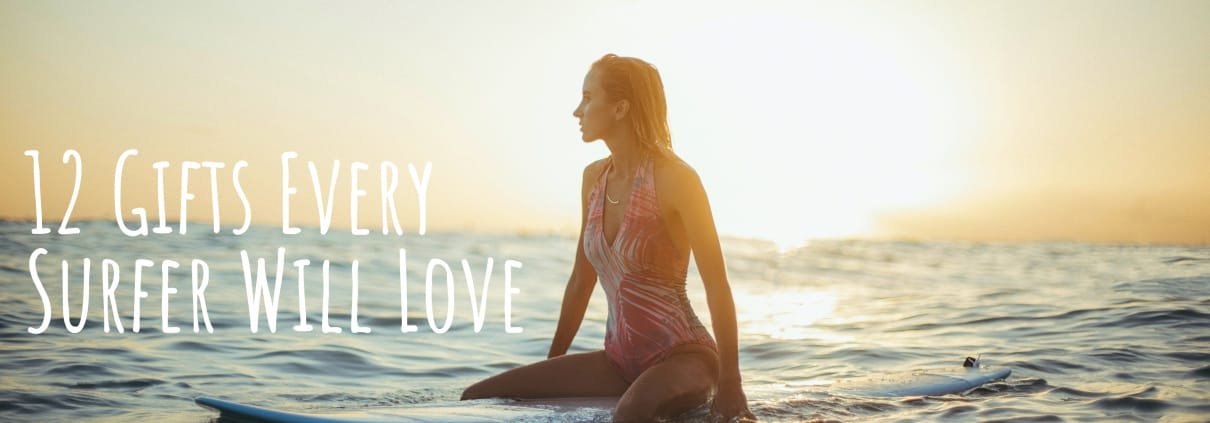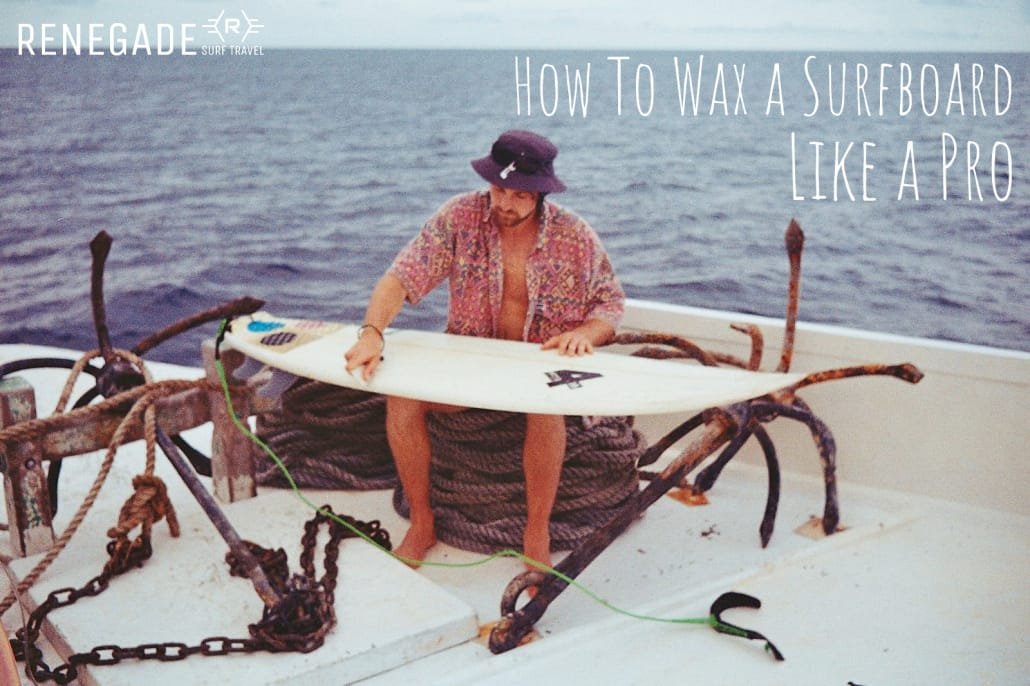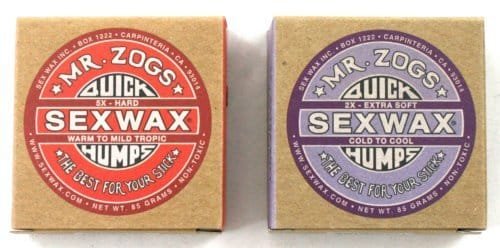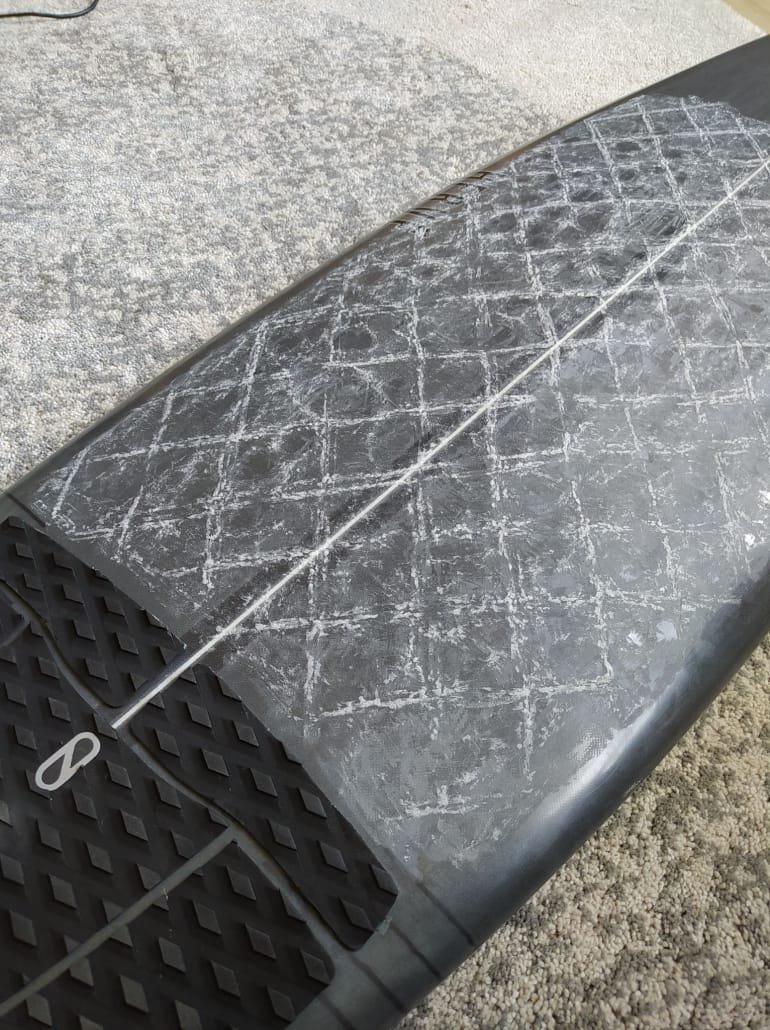
Surfers – we’re a strange bunch. We spend most of our time obsessing over repeatedly floating towards shore on a block of foam for no other reason than the fact it feels good.
To that end, shopping for surfers is notoriously difficult. Without specific instructions it’s all to easy to end up with a pack of Sexwax air fresheners, neoprene socks and a set of quad fins for your other half who surfs a thruster.
With Christmas just around the corner, read on for our pick of some of the best gifts for surfers…
For the surfer looking to spice up their ride…
MR 2+1 Fins
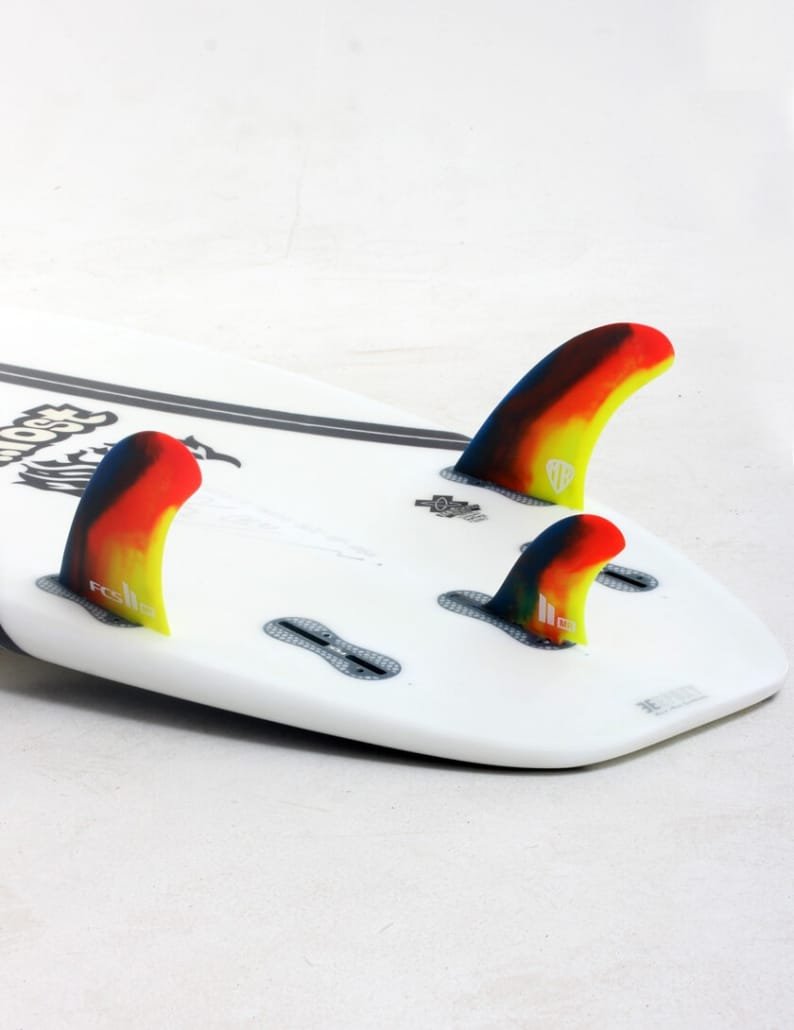
You don’t always need a new surfboard for that ‘new board feeling’. Fins can really chage how your board feels and are one of the best gifts for surfers. Most surfers will have a thruster or 5 fin set-up on their board (look for 3 or 5 fin slots), and whilst these work for the most people in the majority of conditions, throwing in a new set is a great way of giving a new lease of life to an old board.
Having recently bought a set of 2+1 Mark Richard fins, I’ve since trialled them in a variety of conditions and love them! They have given an old board a completely new feeling; loose and skatey, with the small centre fin providing hold and drive when you need it. For average conditions when you need to generate your own speed, these fins are fantastic.
Bare in mind, these fins work best on groveller style boards – not your conventional performance shortboard. Also, ensure the board they’re going into has FCS2 fin plugs!
Available online at Boardshop, or your local surfshop.
For the cold water surfer..
Surf Ears 3.0

I used to think surfers ear was something that only happened to those hardy surfers ‘up north’.
That was until I met a friend of a friend in the surf one day… We acknowledged each other before she joked “I’ve heard a lot about you – mainly bad things!”
It turns out my left ear was barely functioning and there was a howling offshore into my right, so I did the classic ‘laugh, nod and say “Yes” combo. Unfortunately, this suggested that I do in fact do bad things and left her both confused and concerned.
The moral of this story is that it’s worth looking after your ears.
Surf Ears 3.0 come with 3 different sizes of in-ear pieces, and 3 sizes of ‘support wings’ to hold them neatly in place.
Available direct from SurfEars, and in most surf shops.
*For custom moulded plugs, ensuring next level fit and comfort, check out Surf Mould Pro here.*
For the surfer who’s always ‘borrowing’ wax..
Fu-Wax

Just be sure to ‘borrow’ some off them next time you surf together…
Wax is one of the best gifts for surfers – like socks for non-surfers – inexpensive and always handy.
Fu-Wax is the new kid on the block (pardon the pun) but has quickly been adopted by most of the world’s elite. It’s the choice of the professionals and having tried them all we can confidently say Fu-Wax is worth the extra money.
Once they’ve received it, ensure they check out our How to Wax guide to get perfect bumps everytime..
Pick it up from Boardshop here.
For the surfer still using a towel…
RENEGADE Changing Robe

Changing with a towel on cold, windy beach isn’t fun. Our microfiber changing robes take the hassle out of changing and keep you warm and covered at all times.
Available in thick microfiber for winters at home or as a lighter, more compact travel version too. Both designs are hooded, have a pocket and even a key-loop to tie your keys to. The travel version folds down to the size of a hoodie, making it one of the best gifts for surfers who like to travel light and they’re both generously sized to ensure one-size-fits-all.
Available on Amazon with Prime delivery here.
For surfers when the surf is flat…
Barbarian Days: A Surfing Life by William Finnegan

Our favourite book and a must read for any adventurous surfer.
Winner of the Pulitzer Prize and Sports Book of the Year, Barbarian Days follows the life of Finnegan growing up in Hawaii, before travelling on multiple surf adventures overseas. Finnegan explores every aspect of surfing in a way that with life lessons that transcend sport and adventure.
Let My People Go Surfing by Yvon Chouinard

You’ve heard of Patagonia, but do you know the inspirational story behind it?
Let My People Go Surfing: The Education of a Reluctant Businessman is an inspiring read and coffee table centrepiece. Chouinard shares the philosophies underlying one of the most respected and environmentally responsible companies on the planet.
Available at any good book stores.
And if they still need more…
Wavelength Magazine Subscription

There’s something nostalgic about opening up a surf mag..
Whilst surf mags have had a rough time over the past decade, you still can’t beat them for some light bed-time reading or on a long flight.
Our favourite is Wavelength which started in 1981. This UK mag has morphed from a monthly to a more premium, bi-annual edition, released each summer and winter respectively. Each copy is beautifully put together and filled with quality content from established surf journalists.
Their website has a few subscription offers, each offering a different gift when an annual subscription is bought for £20 – bargain!
Check out the options here.
For the budding surf vlogger…
GoPro Hero 9 Black
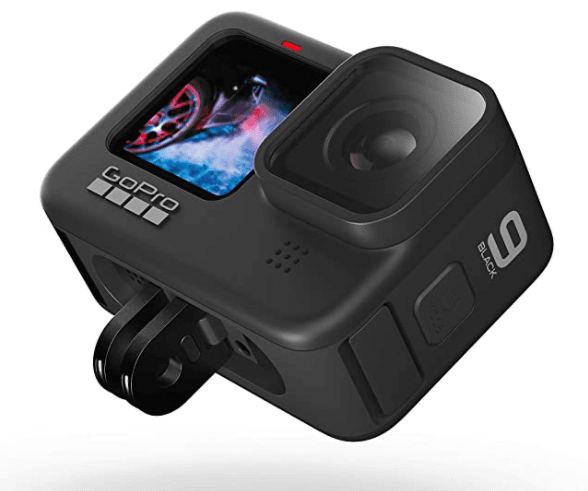
Say what you will about surfers with GoPro’s, but the bottom line is the quality of footage you can get for the price is simply astonishing. We’re not sure how GoPro keep upping their game, but the new Hero 9 black boasts 5k video recording and 14.7MP frame grabs. More than enough for even the clumsiest of surfers to get Instagram-worthy shots. If your loved one has a creative (or narcassistic) streak, this is one of the best gifts for surfers.
Other features include 20MP photos, a new front screen, and ‘HyperSmooth 3.0’ stabilisation.
Grab one direct from GoPro here.
For the surfer heading overseas in 2021…
Ocean and Earth Travel Bags

Giving your boards the best possible chance to travel unscathed…
As soon as you drop your boards at the oversized baggage counter, their fate is out of your hands. *Touch wood* We’ve been pretty lucky to get away with the odd minor ding but others aren’t so lucky – check out what American Airlines did to Alex Gray’s boards here!
To give your boards the best chance, we highly recommend Ocean and Earth’s range of surfboard travel bags.They offer a range of different shapes and sizes, and loads of extra protection and storage features. They’re built to last and help your boards last too so they’re a worthwhile investment.
We love the 6’6 triple compact which allows a few inches of space either side of our boards, plus 10mm of waterproof padding on the outside, 20mm padding on the nose and tail, rubberised rail bumpers, compression straps and internal dividers.
If your loved one is a frequent flyer with boards in tow, this is the perfect gift.
Grab one direct from Ocean and Earth here.
For the surfer heading to the tropics…
Patagonia Stretch HydroPeak Boardshorts

You’ll be hard-pushed to find a comfier pair of boardies..
The boardshort market is heavily saturated with every brand offering every colour and pattern under the sun.
The perfect boardshorts are the ones you don’t notice when you’re in the water, and these fit the bill. Stretchy, light and with a handy zip-pocket on the back, they come in a simple range of colours that aren’t too obnoxious. As you’d expect with Patagonia, they’re 87% recycled and FairTrade certified too.
A Renegade favourite.
Available direct from Patagonia here.
Palm and Pine Vegan SPF 50+ Surf Zinc

It’s skin colour, too. None of that nasty white zinc!
Palm and Pine Skincare use sustainable candelilla wax opposed to the normal beeswax to create Europe’s first vegan zinc. The whole group used this stuff on our last Maldives trip and the common reaction was “where can I buy some?”
It’s SPF 50+, stays on for hours, has plastic-free packaging, and is reef friendly. What’s not to love!?
They’re currently offering 10% off all first orders. Find it at palmpineskincare.com.
For the surfer looking to progress…
Renegade Surf Coaching Trip

The ultimate gift for your loved one or even to yourself (you deserve it!)
It’s safe to say that most surfers haven’t had their travel fix in 2020 but thankfully there’s light at the end of the tunnel. Besides the speculation of a vaccine by spring, The Maldives is currently one of the few tropical surf-rich countries open to tourists and surfers alike with minimal restrictions.
Our all-inclusive surf coaching trips are carefully designed to help surfers reach the next level whilst on the ultimate surf trip.
Accommodation is onboard the beautiful 27m Sea Farer (above), with 3 nutritious meals a day, multiple chill-out areas and 6 en-suite cabins.
With the aid of a knowledgable surf guide, we will be hunting down perfect waves every day and providing daily technical surf coaching and video analysis.
Want to join the trip too? We offer shared room rates for couples/friends in double or twin cabins.
Check out the full trip details here, get in touch by filling out the form here. and check out the waves we scored on our last trip here.
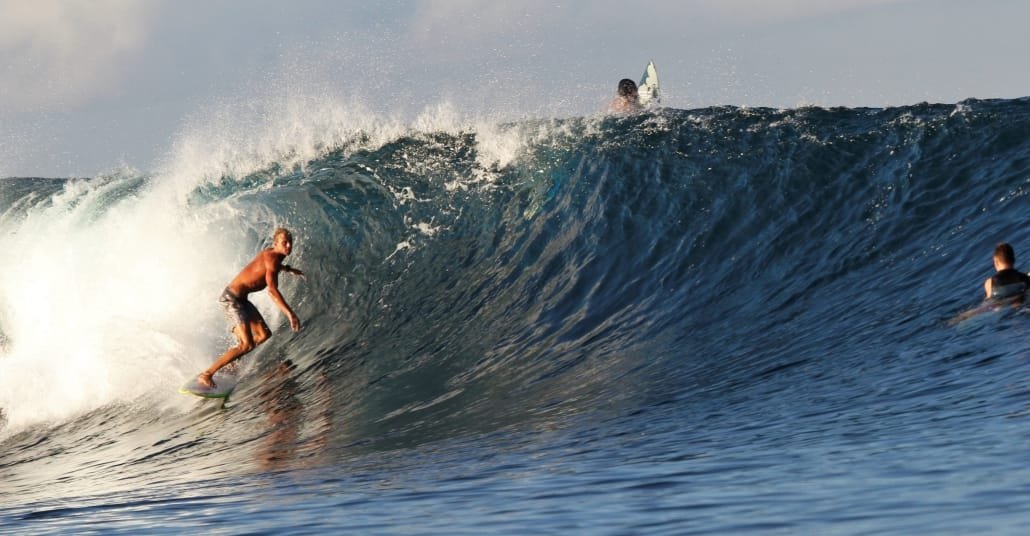
Not the best gifts for surfers…
It might seems obvious that a new surfboard is one of the best gifts for surfers, but please think twice before buying your loved one a surfboard – except in the very specific circumstances outlined below…

The perfect gift? Think again…
Surfboards are hand-crafted, highly-tuned and highly-specific crafts. Whilst it might seem like the perfect gift, going into a surf shop and picking a board off the rack WILL end in tears.
Imagine, your other half mentions they’d ‘love a 6’1 JS Monstabox’… Sounds specific enough, right!? You head to your local store, pick up said 6’1 ad leave with a satisfied smile on your face – they’re gonna love it. The 25th comes around and unwrap the inconspicuous shaped gift under the tree, wondering how you knew they wanted the 6’1 x 20 x 2 9/16 with futures fin boxes and in Hyfi construction to support their extra winter bulk. But wait… You got the 6’1 x 19 3/4 x 2 ½ with FCS 2 boxes in PU… Ah well, close enough.
Of course, they’ll say they love it. But each time they miss a wave or bog a rail with that lack of volume, they’ll be wishing they had the board they really wanted.
Exceptions…
If the person says specifically ‘I want THIS board’ whilst looking you in the eye and touching it with their bare hands, you can safely say that it’s a great choice for a gift.
Also, if you’re lucky enough to be a surfer in a relationship with another surfer and you know the exact model and dims the stick they’re after, then by all means go for it!
Lastly, disregard this rule if you’re buying a grom’s first board. As long as it floats, catches waves easily, and looks great you can be sure they’re gonna love it.
Check out our ‘7 tips for choosing the right surfboard‘ blog post for some inspiration.
That’s it for our 2020 Gift Guide!
Merry Christmas from the Renegade Crew.

